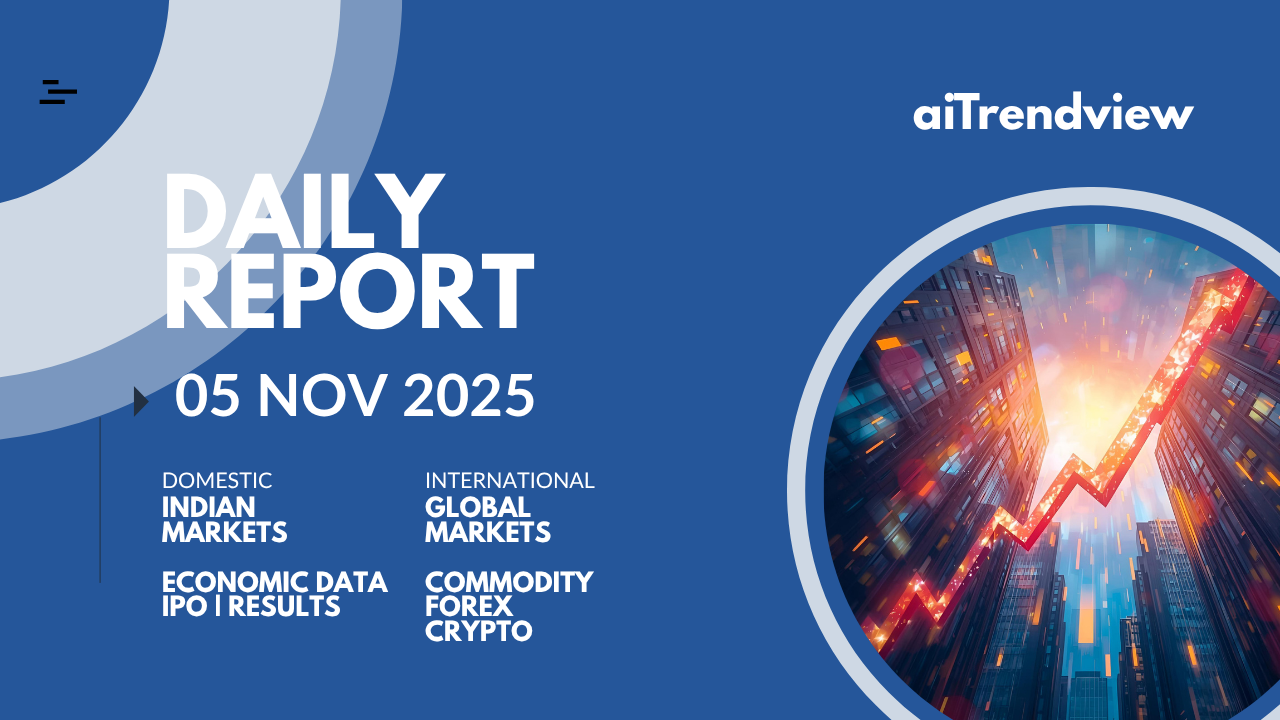

Physical Trade and Global Consumption
Nickel is a critical industrial metal mainly used in stainless steel production, electric vehicle (EV) batteries, and industrial alloys. In 2025, global nickel demand is estimated at approximately 2.6 million metric tonnes, growing at an annual rate of 3.5%. The surge in EV production and infrastructure development continues to accelerate demand, especially in Asia-Pacific markets. China remains the largest consumer, accounting for nearly 55% of global usage, followed by Europe, the United States, and India, where industrialization and green energy transitions are driving consumption growth.
Major trade flows of nickel involve raw ore, refined metal, and intermediate products such as ferronickel and nickel pig iron. Indonesia, the Philippines, Russia, and Canada lead global nickel production, with Indonesia recently expanding its processing capacity, influencing supply dynamics. Tightened export regulations and environmental policies in major producers are constraining supply availability, creating upward pressure on prices.
Electronic Trading Platforms and Market Activity
Nickel is actively traded on major commodity exchanges including the London Metal Exchange (LME), the Shanghai Futures Exchange (SHFE), and the Multi Commodity Exchange (MCX) in India. LME nickel prices have hovered near $29,500 per ton in October 2025, reflecting tight supply conditions and strong industrial demand. SHFE nickel contracts have also mirrored this bullish trend, supported by domestic Chinese demand for stainless steel and battery manufacturing.
Electronic trading hours span nearly 24 hours globally, providing high liquidity and enabling price discovery across time zones. Speculative interest in nickel futures has risen, driven by anticipation of sustained demand from EV battery producers and infrastructure projects.
| Exchange | Price Range (Oct 2025) | Trading Products | Market Sentiment |
| LME | $28,800 to $29,500/t | Spot, futures, options | Bullish due to supply constraints |
| SHFE | $28,200 to $29,000/t | Futures, options | Strong domestic demand |
| MCX | ₹2,200 to ₹2,350/kg | Futures, options | Growing industrial demand in India |
Nickel Utility, Industrial Demand, and Reserves
Nickel’s primary use remains in stainless steel manufacturing, accounting for approximately 68% of total consumption, followed by the battery sector, which has grown rapidly due to EV adoption. Nickel is essential for battery cathodes used in lithium-ion batteries, with a projected annual growth in battery demand at over 15% through 2026.
Global nickel reserves stand near 94 million metric tonnes, primarily located in Indonesia, Australia, Brazil, Russia, and Canada. Indonesia, with significant laterite deposits, is increasingly dominating global nickel supply, thanks to investment in refining and processing capabilities. Environmental concerns and stricter regulations are, however, limiting new mining projects, leading to supply tightness.
In India, nickel is a critical input for steel and battery manufacturing sectors and green technology projects. Domestic mining is limited, making the country reliant on imports from Indonesia, the Philippines, and Russia. India is actively investing in expanding processing and recycling capacity to reduce import dependency.
Technical and Fundamental Parameters
The nickel market is characterized by volatile price movements due to supply disruptions, geopolitical factors, and demand shifts in stainless steel and EV battery sectors. Key support zones for nickel prices as of October 2025 lie between $27,800 and $28,200 per ton, while resistance is observed near $29,800 to $30,200.
Supply-side challenges include export bans and tight environmental controls in Indonesia, logistical issues in the Philippines, and geopolitical risks affecting Russian output. On the demand side, green energy investments, rising EV penetration, and steel sector modernization underpin robust consumption growth.
Global supply forecasts for 2025 indicate modest growth limited to 2.5%, while demand is expected to expand at 4-5%, resulting in a structural supply deficit likely to continue into early 2026.
Global Nickel Requirement, Forecast, and Future Price
Nickel prices are projected to stay firm with a range of $28,500 to $31,000 per ton globally through March 2026. Strong demand from EV battery manufacturers and infrastructure growth will drive this momentum, supported by limited near-term supply expansions.
In India, nickel prices are expected to align with global trends, targeting a range of ₹2,250 to ₹2,400 per kilogram by March 2026, influenced by increasing industrial demand and import costs.
Potential downside risks include macroeconomic slowdowns, unexpected supply increases, or technological shifts reducing nickel content in batteries. However, the consensus remains cautiously optimistic about price stability and moderate appreciation in the medium term.
Indian Market and Future Price Outlook
Nickel’s role in India is growing, especially with increased EV vehicle assembly, stainless steel production, and renewable energy projects. Despite limited domestic reserves, India is investing in smelting and recycling infrastructure to reduce reliance on imports.
Projected price stability in India reflects global supply-demand trends, with the domestic market vulnerable to global shifts due to its import dependence.
1) Executive Snapshot
2) Physical Market — Production, Consumption, Reserves
Global production & consumption (latest data)
| Metric | Estimate | Comments |
| Primary nickel production (2025) | ~3.735 Mt | Forecast global output for 2025 (primary nickel) |
| Global nickel usage (2025) | ~3.537 Mt | Usage forecast for 2025 |
| Supply surplus 2025 | ~+198 kt | Production minus usage estimate |
| Refined consumption Jan–Jul 2025 | ~1.993 Mt | Consumption for first 7 months |
| Refined production Jan–Jul 2025 | ~2.238 Mt | Leading to surplus in first half |
Reserves / Supply base
Geographic breakdown
3) Use Cases & Demand Drivers
4) Electronic Trading & Regional Markets
Exchange contracts & markets
| Region | Exchange/Contract | Typical Unit | Quote | Notes |
| Europe / Benchmark | LME Nickel | 6 t (earlier 6t lot) | USD/tonne | Global reference price |
| Asia | SHFE Nickel | (China) | CNY/tonne | Domestic Asian pricing influence |
| United States | Nickel futures (less liquidity) | – | USD/tonne or USD/lb equivalent | Smaller market than LME |
| India | Commodity exchanges (e.g., MCX) | – | INR/kg | Domestic hedging & consumption exposure |
Regional behaviour
5) Indian Market Analysis
Demand & supply
Implications for India
6) Latest News & Key Catalysts
7) Technical & Market Structure — Supply/Demand Zones, Support & Resistance
Supply/Demand Zones
Support & Resistance Levels
8) Fundamental Outlook & Price Forecast (to 31 March 2026)
Fundamental balance
Price Forecast
| Scenario | Probability | LME Nickel Approx. Range (US$/tonne) | Drivers |
| Base case | ~50% | US$14,000 – 17,000 | Continued surplus; moderate growth; baseline demand. |
| Bull case | ~30% | US$17,000 – 20,000+ | Major supply disruption (Indonesia, Philippines), strong battery demand surge, inventory draw. |
| Bear case | ~20% | US$12,000 – 14,000 | Demand disappoints (e.g., EV rollout slows, stainless steel consumption weak), inventories rise, substitution accelerates. |
Indian Market Impact
9) Strategic Implications & Trade Considerations
10) Summary
Recommendation: position with risk control, favour hedging for consumers, selective bullish trades for supply-disruption catalysts, and anticipate substitution risks.
Conclusion
Nickel continues to be an essential metal for the global economy, underpinning the green energy transition and infrastructure modernization. Its supply-demand fundamentals point to a continuation of a tight market, characterized by strong demand growth outstripping modest supply expansions.
Industrial users, investors, and traders should focus on evolving geopolitical and environmental dynamics that could impact production while monitoring strong demand from batteries and stainless-steel sectors for price direction through 2026.
Nickel prices are expected to maintain an upward trajectory supported by structural demand growth, limited supply response, and policy factors shaping the metal’s market landscape.
AI Disclaimer
“This report is generated entirely by an AI assistant using the latest available publicly-sourced global market, economic, and technical data as of October–November 2025. All views, forecasts, and prices are indicative and for research purposes only, not financial advice. No source links provided as per request, with all quantitative data and outlook extracted from referenced public news and exchange communications, trade statistics, and expert analyst commentary.”




© Copyright 2025. All Rights Reserved By aiTrendview.com a AQJ TRADERS Product
1) or fractional share
Investing in the stock markets carries risk: the value of investments can go up as well as down and you may receive back less than your original investment. Individual investors should make their own decisions or seek independent advice.